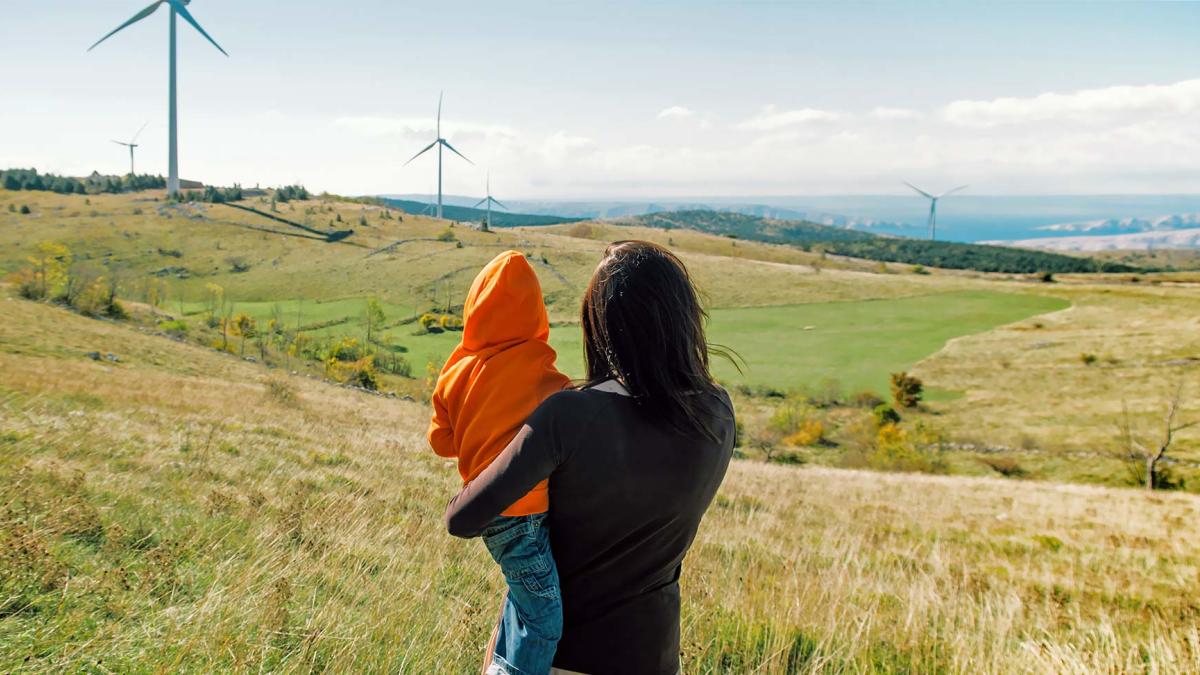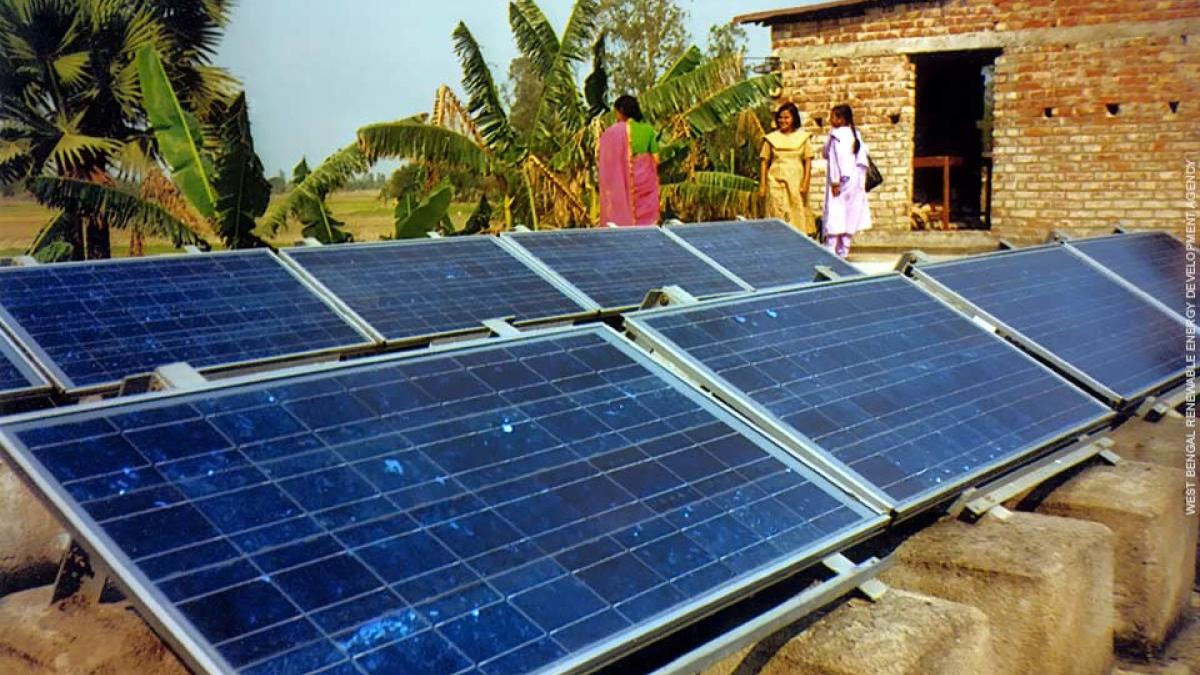This virtual workshop highlights the accomplishments of USAID energy partners in Bangladesh, discusses lessons learned, and passes on recommendations and best practices that can be applied to future energy programs.
Bangladesh is on a trajectory to become a middle-income country and is striving to become a developed nation by 2041. Before the COVID-19 pandemic, forecasts pointed to increasing national demand for electricity resulting from economic and population growth. Transitioning to clean energy would allow Bangladesh to diversify its power mix, reduce the risks associated with the volatile prices of fossil fuels, and decrease the negative environmental impacts of thermal power generation.
On April 12, 2021, USAID hosted an event, “Key Achievements and a Way Forward” to discuss work done by programs in Bangladesh, including the Scaling Up Renewable Energy (SURE) program. The event promoted collaboration, learning, and identified opportunities for USAID energy programs to adapt using current and emerging best practices. The event included presentations and a panel discussion with technical experts from USAID/Bangladesh, Tetra Tech, the Sustainable and Renewable Energy Development Authority, National Renewable Energy Laboratory, and Infrastructure Development Company Limited.
Below are insights from the virtual event:
- Distribution utilities have achieved significant improvements, notably an eight percent reduction in system losses. However, the lack of cost-reflective tariffs has led to weak financial positions for these utilities, including an accumulated deficit for balanced power development and underinvestment in the sector. The GoB will need to invest in a strategy and action plan to support renewable energy in order for the country to reap the full social and economic benefits.
- To meet international commitments and policy targets, Bangladesh will need approximately 31 gigawatts of installed renewable energy capacity by 2041. This will require an investment of about $30 billion between 2021 and 2041 and a renewable energy implementation action plan that should include renewable energy development goals with early targets.
- Renewable energy’s inherent characteristics can affect the power system’s supply adequacy, the requirement for balancing services, and the need for grid infrastructure upgrades or extensions. Policymakers can use design solutions for system-friendly renewable energy procurement to reduce temporal mismatch, spatial mismatch, and variable renewable energy intermittency. System-friendly competitive procurement maximizes the value of variable renewable energy to the power system and considers this system in the award decision. Therefore, renewable energy projects are awarded not just to the lowest offer but to the lowest offer that also provides the best system integration component.



